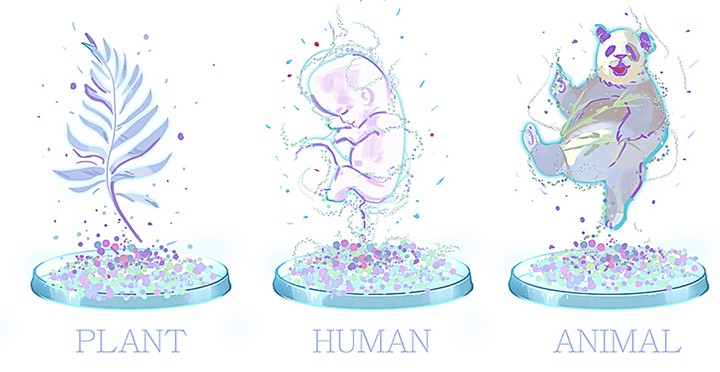Evolution of cell types and mechanisms controlling cell identity

Finally, we also work on a problem of evolution of cell types and animal designs that result from cell type evolution. As cells became more and more diverse in organisms over geological time, they built bodies that are more sophisticated, by assigning new functions and properties to biological tissues. All great evolutionary leaps and transitions in animal body plans presumably involved elaboration of novel embryonic cell types – for instance, specific classes of embryonic progenitors.
To be more detailed, we are interested in the neural crest evolution and the logic of expansion of the plethora of neural crest-derived fates in different chordate animals. Based on our neural crest-related research, we aim to generalize the molecular principles of cell type diversification and division of labor. Today, we apply comparative single cell transcriptomics to compare cell phenotypes and identities from different animals and to track how the cells change over geological time.
Relevant paper: https://www.pnas.org/content/117/30/17854 “Prototypical pacemaker neurons interact with the resident microbiota” PNAS 2019.